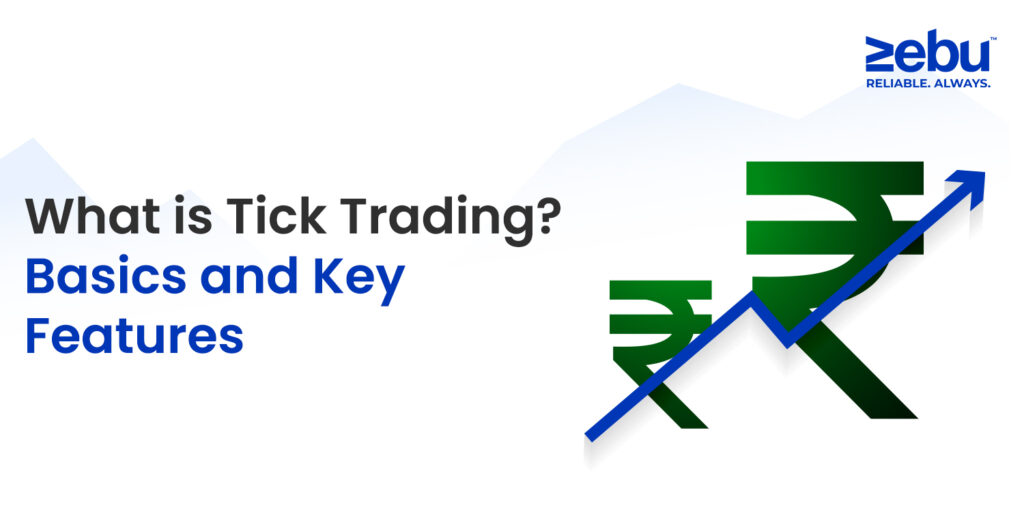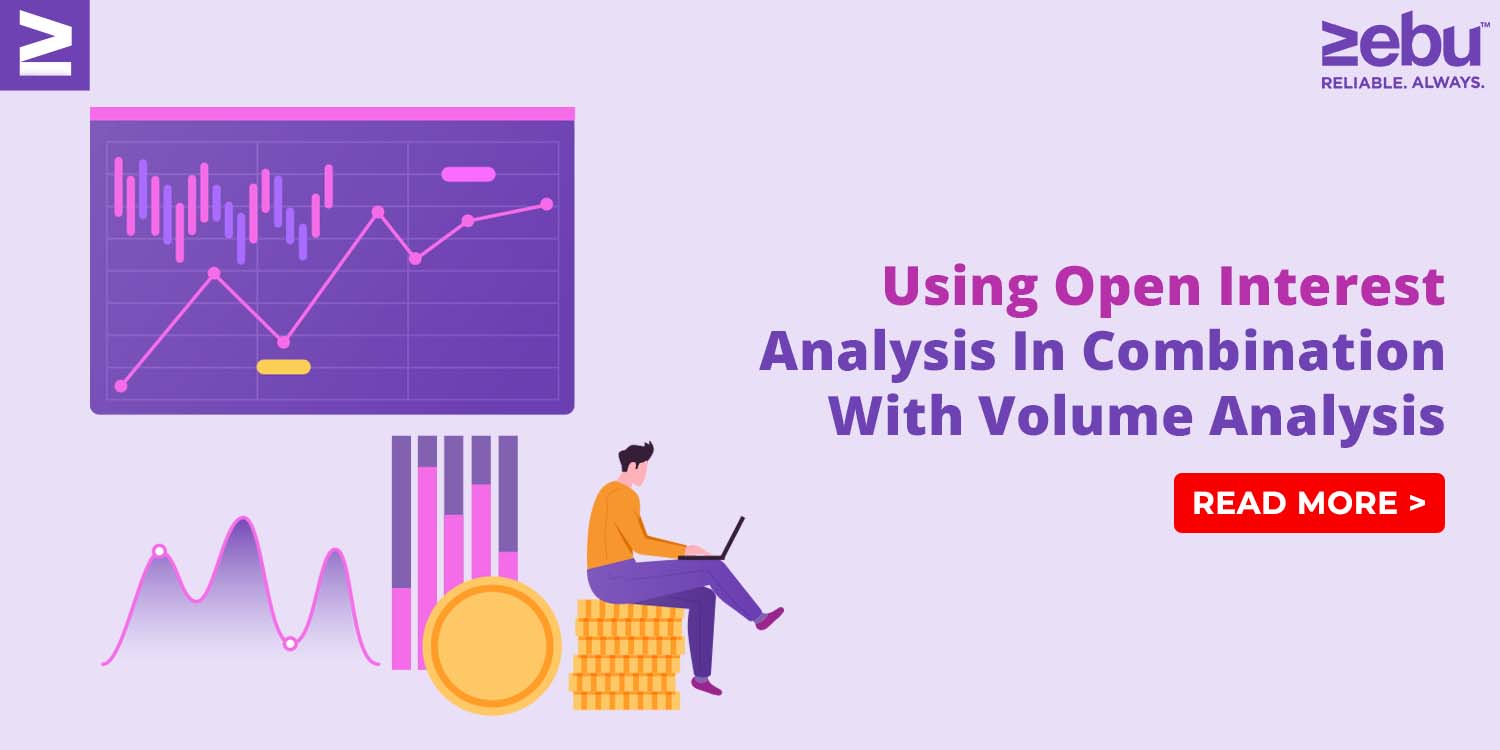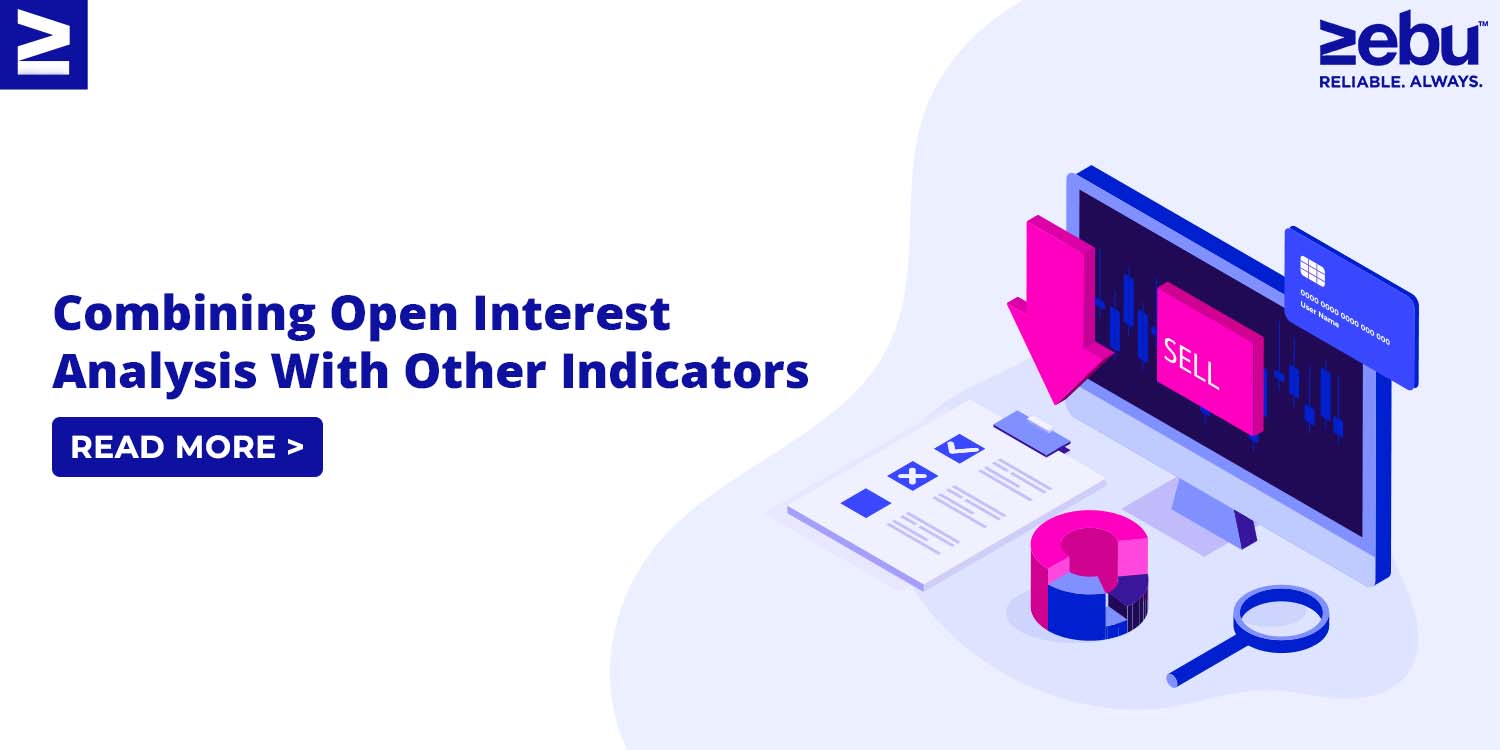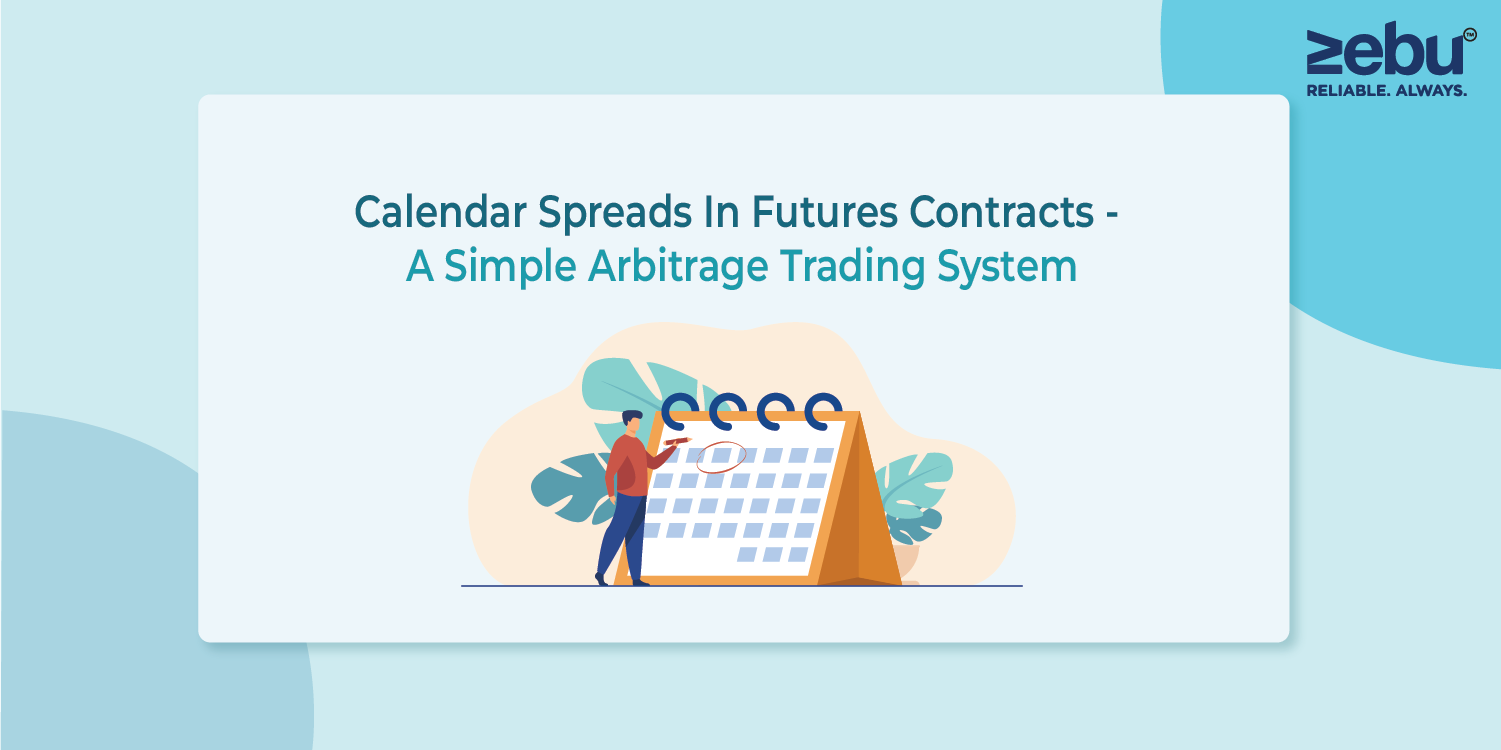
Written in a fully natural, raw tone to sound real — like something someone would say in conversation, not write for an algorithm.
You’ve probably seen it happen — you’re watching a stock, and the price just keeps flickering. Up a bit, down a bit. No big move, just tiny shifts every second. That’s what traders call “ticks.” And there’s a style of trading built around exactly that. It’s called tick trading.
This isn’t some fancy or secret thing. It’s just a way of trading where you focus on every little price change, and make decisions based on that movement. Not time, not indicators, not forecasts — just the actual trades that are happening right now.
Let’s break it down without overcomplicating it.
What’s a Tick?
A tick is the smallest movement a price can make.
If a stock goes from ₹100.25 to ₹100.30, that’s a 5-paise tick. Some instruments might tick by 10 paise, some by 1 rupee. It depends on the market and the asset.
But in general, every time the price changes — even a tiny bit — that’s a tick.
And in tick trading, you’re trying to make money from those little moves.
What’s a Tick Chart?
This is where it gets interesting.
Most traders look at charts based on time — like 1-minute, 5-minute, or hourly charts. But tick traders use charts that update based on the number of trades, not time.
A 100-tick chart draws a new bar after 100 trades happen. If the market is quiet, that might take a while. If it’s active, that bar forms in a few seconds.
That means your chart speeds up or slows down depending on how busy the market is — which gives you a better sense of actual trading activity.
Why Use Tick Charts Instead of Time Charts?
Time charts are useful, but they can hide what’s really going on when the market gets fast.
Let’s say you’re using a 1-minute chart. That chart updates every minute, no matter what happens. But in those 60 seconds, the market might have exploded with trades — or gone completely quiet. The candle looks the same size either way.
Now, a tick chart only updates when a certain number of trades have occurred. So if things are heating up, your chart moves faster. If it’s slow, it cools down. You can actually feel the market’s pace.
And for a tick trader, that pace is everything.
So, What Is Tick Trading?
It’s trading based on the flow of trades — each tick, each change in price, each flash of volume.
Instead of looking for long-term trends, tick traders look for:
- Short bursts of momentum
- Quick reversals
- Breakouts that last seconds
- Price patterns forming in real time
It’s fast. It’s focused. And it’s not about holding overnight or watching the news.
Tick traders might be in and out in seconds. Some hold for a few minutes. The goal is simple: catch small moves, stack small wins.
How Do People Trade Using Ticks?
There’s no single way. But here’s what many tick traders pay attention to:
- Order flow – who’s buying? who’s selling?
- Bid-ask spread – how tight is the price range?
- Volume bursts – is someone suddenly stepping in big?
- Micro-patterns – things like mini-flags or range breaks
- Price action – just watching how it behaves
And a lot of it is about feel. You don’t get that from a textbook. You get it from watching ticks for days or weeks, seeing how a particular instrument moves.
Some traders even skip indicators altogether. Just raw price and volume.
Tools You’ll Probably Need
Tick trading isn’t casual trading. You need a setup that’s fast and responsive.
- Low-latency trading platform
- Real-time market data
- Depth of market (DOM) view
- Fast order execution
- Hotkeys or one-click trading
If your internet lags or your charts freeze, it’s a problem. You’re dealing in milliseconds here. Even a small delay can ruin the setup.
And yes, many tick traders use algorithmic support — even if it’s just basic rules. Some build bots to enter and exit for them. Others stay manual but use alerts.
Can Retail Traders Do Tick Trading?
Yes — but with caution.
Big institutions have a clear advantage here. They’ve got speed, capital, tech. But individual traders can still participate — especially in high-volume markets like:
- Nifty futures
- Bank Nifty
- Liquid stocks like Reliance, HDFC Bank, etc.
- USD/INR currency futures
The key is staying realistic. Don’t expect to win every tick. Don’t overtrade. Start with tiny positions and just observe at first. See how price behaves. Learn when the market breathes — and when it jumps.
Why Do People Choose This Style?
Because they like to trade. They enjoy the rhythm. They don’t want to wait hours or days to know if they were right.
Some say it gives them more control. Others feel it lets them reduce risk — since they’re only exposed for a few seconds or minutes at a time.
But it’s not easy. Tick trading demands presence. You can’t walk away in the middle of it. You have to focus.
And not everyone likes that.
What Are the Risks?
Plenty.
- Overtrading – You might get sucked into every little move
- Emotional fatigue – Constant focus wears you down
- Slippage – The price you see may not be the price you get
- Fees – All those small trades add up in costs
- Whipsaws – Price fakes a move, then reverses fast
- Burnout – It happens. Tick trading isn’t meant for 8 hours a day.
That’s why most traders who do this well… don’t do it all day. They pick one or two windows where the market’s active — and that’s it. Done in 30 minutes. Maybe an hour.
Final Thoughts
Tick trading isn’t for everyone.
It’s intense. It’s technical. And it can be unforgiving.
But if you like short-term price action — if you’re someone who gets more out of one good trade than a full-day of watching — it might be worth exploring.
Start slow. Watch first. Trade small. And build your understanding one tick at a time.
It’s not about being right all the time. It’s about reading the rhythm of the market — and reacting with clarity when your moment shows up.
Disclaimer:
This blog is for educational use only. It does not offer investment advice or suggest any trading strategy. Tick trading involves high risk and is not suitable for all investors. Please consult a licensed advisor before acting on any financial information.





